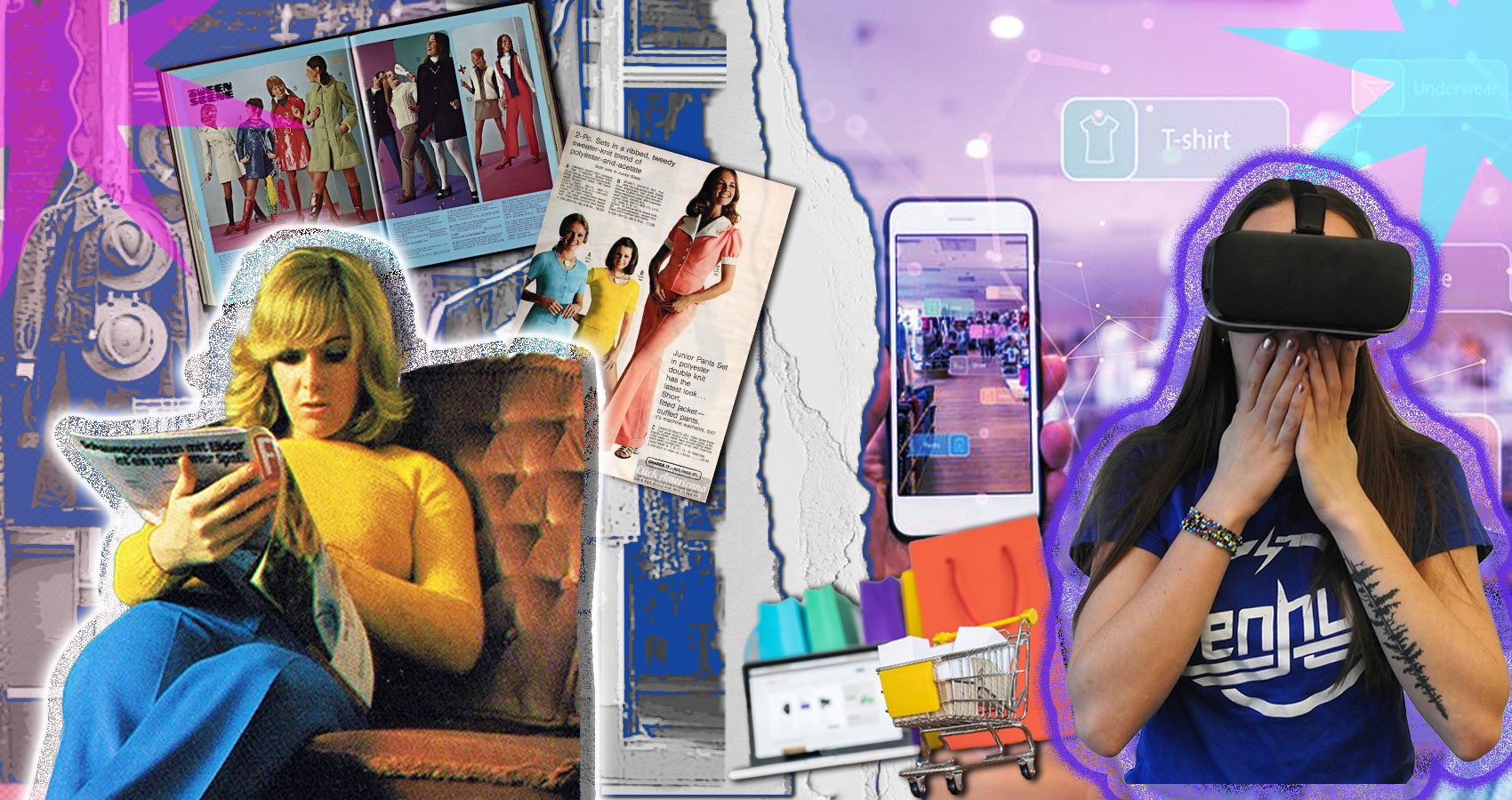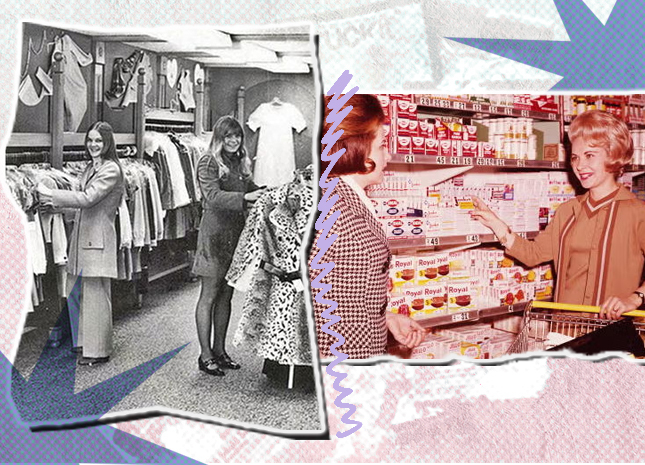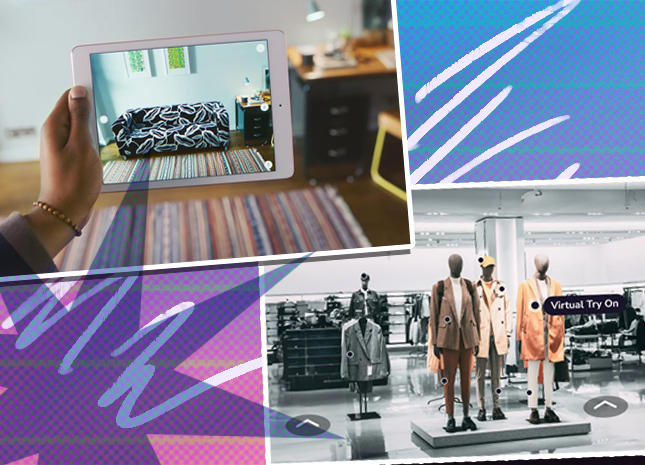
The Evolution of Shopping: From Brick-and-Mortar to Virtual Stores
Discover shopping’s journey to immersive 3D virtual marketplaces.
For centuries, physical stores were the only way for people to shop. They were the heart of commerce, giving customers the possibility to see, touch, and buy goods. Such a shopping experience was personal and tangible, connecting the shopkeeper and the shopper like never before. Why? Because the store owner often knew every customer by name and was aware of their preferences and sometimes even their life stories. These places were not simply shopping destinations but real community hubs.

Later, catalog shopping started to gain popularity. Many companies in the United States revolutionized retail by letting their customers order products from a catalog and have them delivered straight to their thresholds. This was awesome! People got access to a wider range of products. They could simply browse through hundreds of pages, choose the necessary items, and patiently wait for their goods to arrive. That was especially useful for those living in remote areas, not having a chance to go to that big supermarket. So, it was the first step toward shopping without the need to step out of your home. It was a totally new approach, different from the immediate purchases of in-store shopping but thrilling and exciting in its own way.

Then, the internet appeared. That was exactly when the idea of virtual stores popped up and the e-commerce wave started to gain its momentum. Of course, people were skeptical about switching to online shopping first. And the reasons are pretty clear: that was an unexplored territory, and many people were simply hesitant to enter it. They were worrying about their security and privacy, not trusting these platforms.

But technology kept developing, and user experience did as well. Websites became significantly easier to use, and secure payment gateways started to gain customers’ trust and confidence. No wonder the convenience of online shopping and a vast selection of products and competitive pricing, made people close their eyes to all initial concerns.

Time passed, and many companies (like Amazon that started as a simple book store and is now a global giant selling almost everything you can think of) turned their websites and platforms into all-around virtual marketplaces with people from all over the world selling their products, reaching a global audience.
And now here we are, in 2024, having 3D virtual stores at our disposal. Could you imagine what a long way we’ve passed? Only 50 years ago, people couldn’t even think about this: virtually walking down the shopping aisles, examining products in 3D, and even interacting with virtual store assistants—all without leaving our homes!
But what is a 3D virtual store platform? 3D virtual stores are a fusion of two leading technologies: augmented reality (AR) and artificial intelligence (AI). They unite their forces to create an immersive and interactive shopping environment. So, you enter a website, say of some cosmetic brand, and there, with just a tap of a button, you find yourself in their virtual store, seeing all those shelves like you would in real life. You can move, open doors, and see any product’s description. This is a 3D virtual store in all its glory. You can look in the mirror (access to your camera is required) or upload your photo, and AI will analyze your appearance, like your skin color, facial features, and beyond, to give you personal recommendations on the products that will suit your type best. Then AR enters the game, letting you see how this lipstick or foundation will look on you in real life. Basically, you enter a completely digital environment where you can explore products in a lifelike manner.

Numerous brands have already integrated AR into their shopping apps. Take IKEA's app, IKEA Place, as an example. It lets its users visualize how this sofa will look in their living room or whether that bed will fit their guest room’s interior. Similarly, Sephora's Virtual Artist gives users a chance to try on any makeup virtually. Like this mascara? Apply it virtually in the app. Falling in love with these eye shadows? You’re welcome to try them on!
If you’re also willing to add the magic of AI and AR to your app or website, you may consider incorporating the TINT platform by Banuba. This is a ready-made SDK that can be easily integrated into your existing product. It offers virtual try-ons for makeup, skincare, headwear, jewelry, and many other spheres. So, why not give it a shot? Particularly taking into account the fact that they offer a 14-day free trial period!
Wrapping It All Up
Shops have transformed from brick-and-mortar stores to sophisticated 3D virtual marketplaces. This only proves human ingenuity and our relentless pursuit of convenience and efficiency. Just think about it: it all started with the goal to bring goods quicker and closer to people. And over the years, it turned into a global phenomenon, changing our lives forever.











